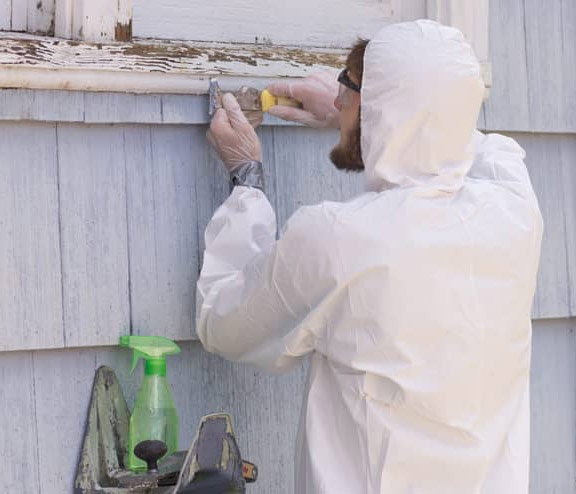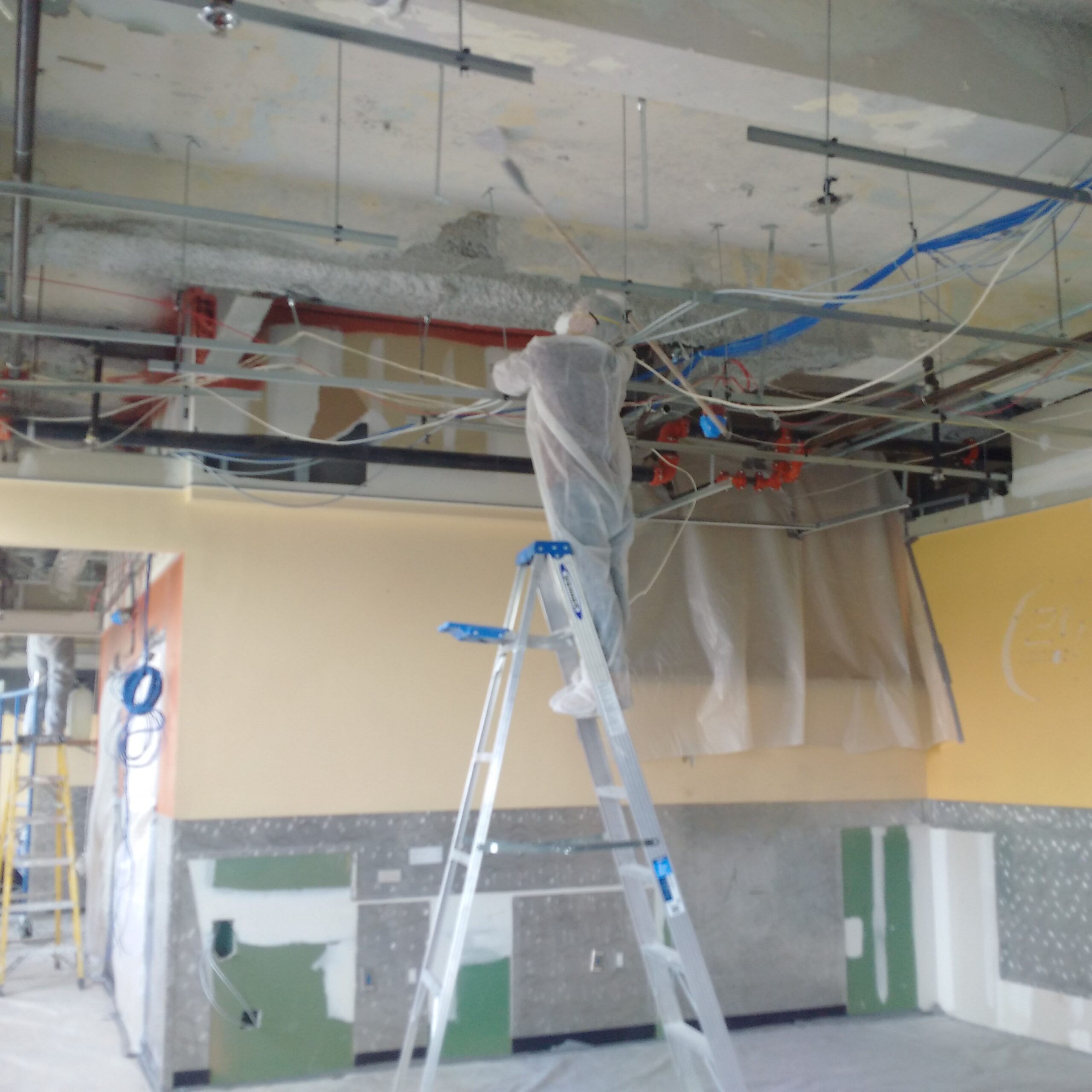Trusted DOH & HPD Lead Violation Removal in NYC-- Shield Your Home
Ideal Practices for Making Sure Safe and Thorough Lead Offense Abatement
Dealing with lead violation reduction needs a multi-faceted method to make certain both security and compliance. It's the last clearance procedure, including detailed inspections and laboratory testing, that truly validates a lead-free atmosphere, guaranteeing long-lasting security. How do these practices adjoin to guarantee thorough lead reduction?

Initial Assessment
Conducting an initial evaluation is an essential very first step in lead violation reduction. This stage includes a thorough analysis of the property to identify the existence, extent, and particular places of lead-based risks. Qualified professionals, such as qualified lead examiners or take the chance of assessors, must execute a thorough site inspection, using devices like X-ray fluorescence (XRF) analyzers to accurately find and measure lead concentrations in paint, dirt, dirt, and water.
The assessment should also include an evaluation of the building's history, previous records, and any kind of issues or health issues reported by occupants - Lead Removal Contractors. Documenting the findings diligently is vital, as these documents develop the basis for developing an efficient abatement strategy. A comprehensive assessment also entails sampling and laboratory evaluation, which are vital to validate the visibility of lead and guide subsequent actions
Additionally, it is important to communicate the results transparently to all stakeholders, including building proprietors, occupants, and governing authorities. By ensuring that the preliminary evaluation is conducted with accuracy and rigor, experts can lay a strong foundation for a targeted and efficient lead reduction procedure, ultimately protecting public health and guaranteeing compliance with governing standards.
Proper Containment
Appropriate containment is essential to avoid the spread of lead pollutants throughout reduction activities. Successfully handling containment decreases the danger of lead dust and debris moving to non-work areas, thereby guarding both the atmosphere and people outside the instant work zone.

Normal examinations of the containment area are necessary to look for violations or weaknesses in the obstacle. Any identified problems should be immediately dealt with to maintain the integrity of the control. By sticking to these practices, reduction projects can properly regulate lead contamination and mitigate involved health and wellness risks.
Worker Defense
Making certain worker security is extremely important during lead abatement projects to avoid work direct exposure to dangerous lead particles. Vital procedures consist of the usage of individual safety tools (PPE) such as respirators, gloves, and full-body fits particularly designed to block lead dust and fumes. Employees need to go through extensive training on the correct use and maintenance of PPE, consisting of healthy testing for respirators to make sure maximum efficacy.
Design controls, such as regional exhaust air flow systems, are essential in minimizing air-borne lead concentrations in the job atmosphere. Administrative controls ought to also be applied, including limiting the duration of direct exposure and turning employees to decrease private direct exposure times. Regular medical surveillance and biological surveillance are vital for very early discovery of lead absorption, allowing click here for more timely treatment and therapy.
Furthermore, establishing a decontamination protocol is essential. Employees have to follow rigorous decontamination procedures before breaks and at the end of their change to avoid lead dust from being lugged outside the workspace. This consists of complete hand and face cleaning with lead-specific cleaning agents and altering out of polluted garments.
Thorough Cleanup
Maintaining a safe job atmosphere prolongs beyond worker defense and includes precise clean-up to guarantee lead fragments are completely removed from the site. The process of thorough cleaning is essential in preventing the recontamination of the moderated location and protecting both present and future occupants.
To achieve an extensive cleaning, all workplace should be methodically decontaminated. This includes the use of specialized HEPA (High-Efficiency Particulate Air) hoover and wet-wiping techniques to catch and eliminate fine lead dust that may have picked surfaces. It is imperative to cleanse all straight surface areas, consisting of floors, home window sills, and kitchen counters, in addition to upright surfaces that might have caught lead particles.
Workers have to wear appropriate personal protective tools (PPE) throughout clean-up to stay clear of exposure to recurring lead dirt. Utilized cleansing materials such as wipes, sponges, and wipe heads should be thrown away based on contaminated materials disposal regulations.

Last Clearance
Last clearance is the critical wrapping up phase of lead abatement that establishes whether the site is secure for reoccupation. This vital step includes detailed examination and testing to confirm that all lead dangers have been successfully gotten rid of. The procedure starts with a visual examination by a qualified lead-based paint inspector or threat assessor to ensure no visible dust or debris stays. This is adhered to by accumulating dirt wipe samples from various surfaces, including floors, windowsills, and other straight surfaces. Lead Removal Contractors.

Last clearance testing not just protects future occupants however also guarantees compliance with local, state, and government policies. It offers as a documented validation of the reduction specialist's adherence to industry ideal practices. Guaranteeing a complete my link and successful final clearance is important in safeguarding public health and cultivating count on the abatement procedure.
Conclusion
Ensuring see post risk-free and comprehensive lead infraction abatement demands a multifaceted technique incorporating first assessments with advanced discovery techniques, effective control approaches, rigorous employee protection protocols, and thorough cleanup procedures. The last clearance stage, featuring detailed inspections and lab screening, is important to validate conformity with EPA standards. Adherence to these ideal techniques assures a risk-free atmosphere for passengers, alleviates wellness threats, and maintains regulatory needs, therefore promoting public health and safety and security in lead-affected locations.